Beauty and Destruction.
Some lovely views in the first half of the post, and then something else.
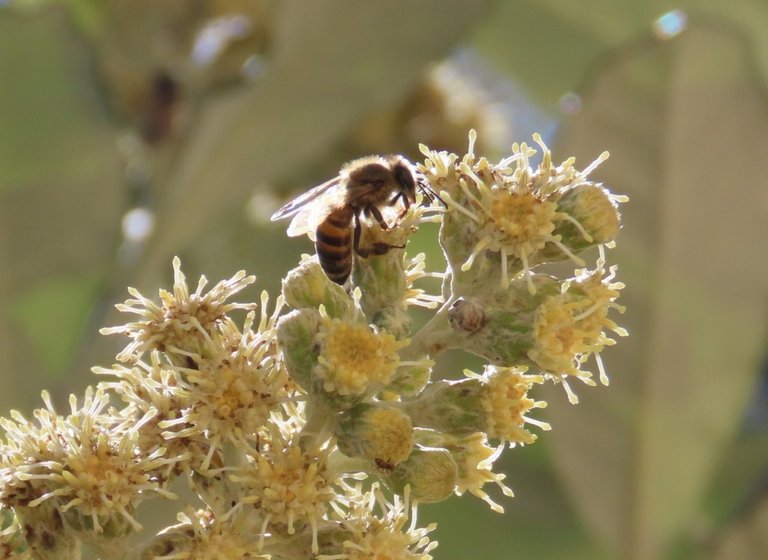
The first three photos are of one of the subfamilies of the Honey Bee, and this one is the Cape Honey Bee (Apis mellifera capensis).
Workers of the Cape Honey Bee invade and eventually overwhelm colonies of the African Honey Bee. Its workers lay unfertilized eggs that develop into females, thus reproducing at a faster rate than the African Honey Bee. Although very important as crop pollinators, Honey Bees may deprive more specialised and efficient indigenous bees of pollen and nectar, effectively reducing pollination of wildflowers.
Source: Book. Field Guide to Insects of South Africa. ISBN 978-1-77584-584-3.
Now this little guy below is a Pollen Wasp of the subfamily Masarinae.
It is half the size of the honey bees, and a real little cutie.
They collect the pollen and nectar and then they put it into the cells of their nests for the larvae to feed on.
They carry pollen in their crops, and regurgitate it along with nectar when provisioning the cells of their nests, and they lay their eggs in the soupy mass before sealing the cell. The nests are often constructed of mud, or burrows in the ground, and these can have one to multiple individual cells. The nests are commonly located in concealed places, such as under rocks or in crevices.
I saw him coming in and I really hoped that he would sit somewhere.
Yep! There he sat, and I love the lines on its body and the way the sun glints on its wings.
And there it was off again to another flower.
And this is the something else. Our friend the wind.
What a shock to see this, as a strong wind blew that little tree in the photos right over, as well as one of the heavy cement flowerpots. So sad to see this, as now I can no longer take photos. I can no longer take photos of the bees and wasps, as their tree is kaput.
It takes two guys to carry this loaded flowerpot, and the wind simply blew it over.
Now have a look at this below, as the wind also had no mercy on this tree trunk.
You can see it is quite big, but it could not stand against the wind.
It was a double trunk tree, and now it will be a single trunk tree.
Last winter season we sat at this same place with some coffee, and the tables at the coffee house have big sun umbrellas over the tables. The poles of the umbrellas are anchored into a cement concrete block. Can you believe that a wind gust lifted and carried that umbrella, including the concrete block across the yard. It was so amazing to see, and it all happened so fast that I couldn't even take photos of it. Thankfully that doesn't happen too often, as it can be very dangerous at times especially if a car was parked below that tree or if a car was ripped off the highway. This is not farfetched as it happens here.
Such is life.
I hope you enjoyed the pictures and the story.
Photos by Zac Smith. All-Rights-Reserved.
Camera: Canon PowershotSX70HS Bridge camera.
Thank you kindly for supporting this post.
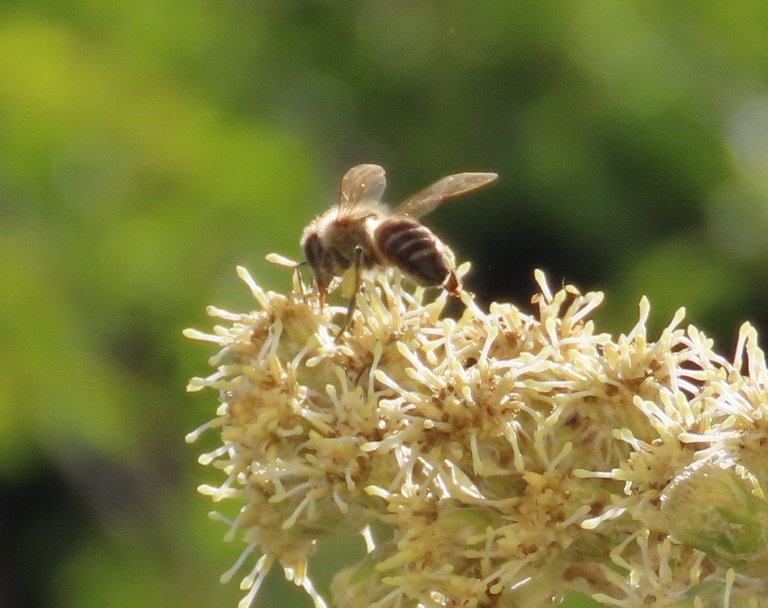
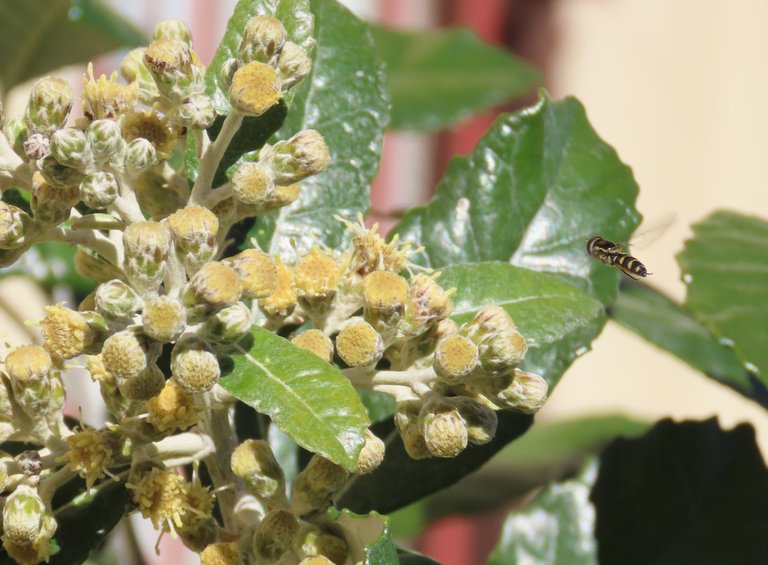
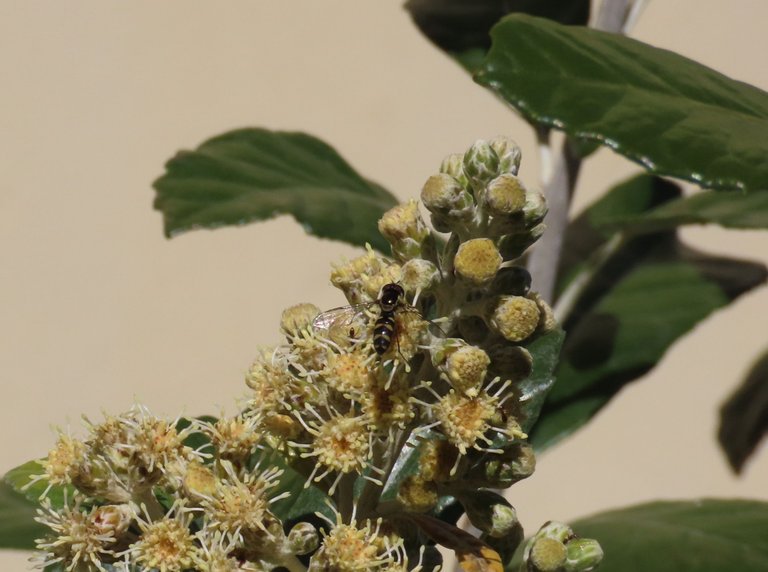
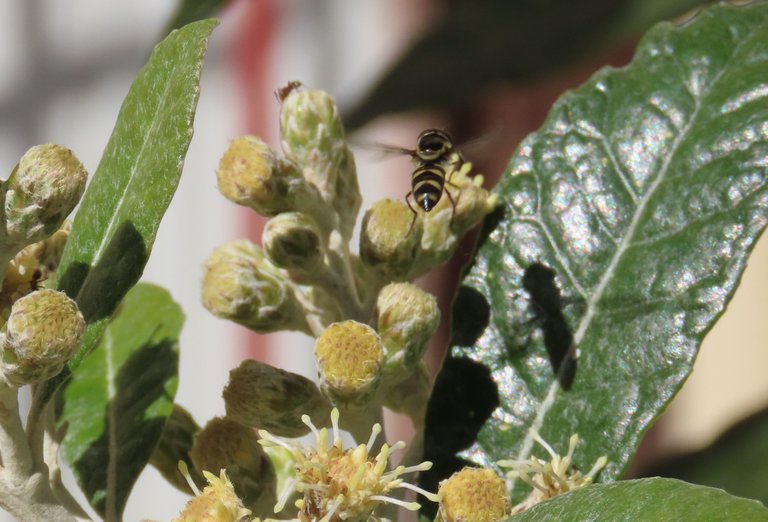
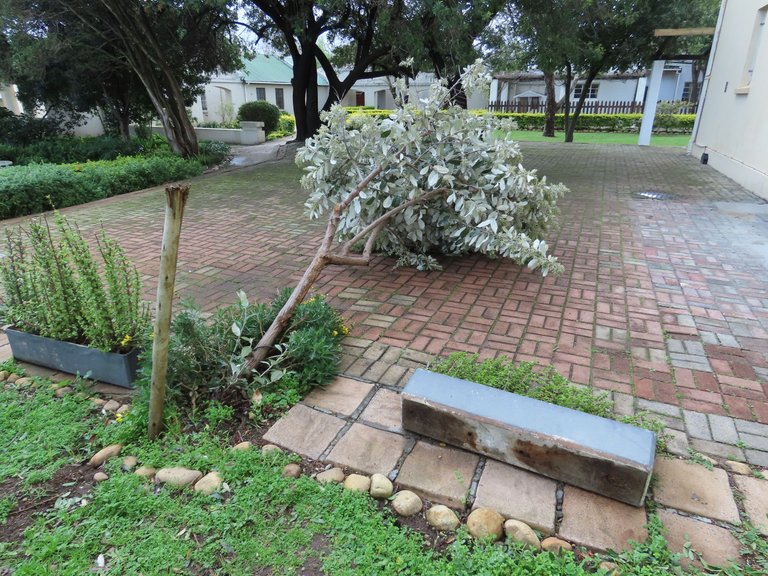

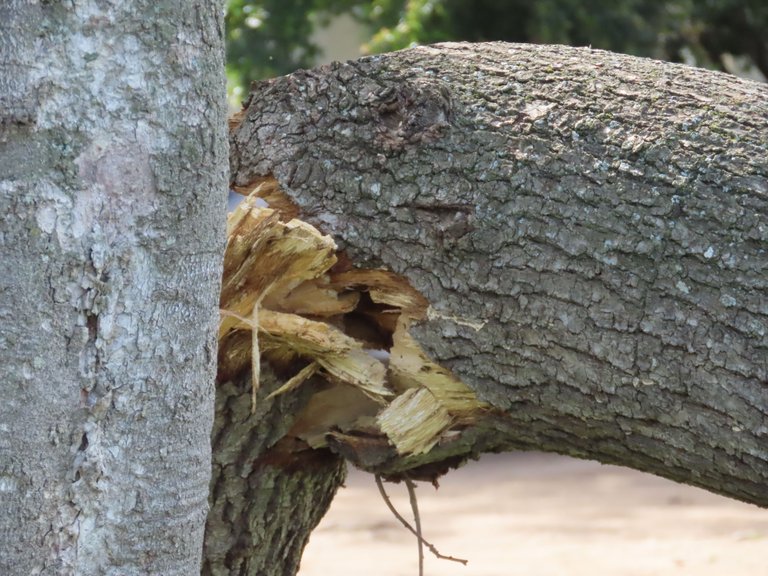
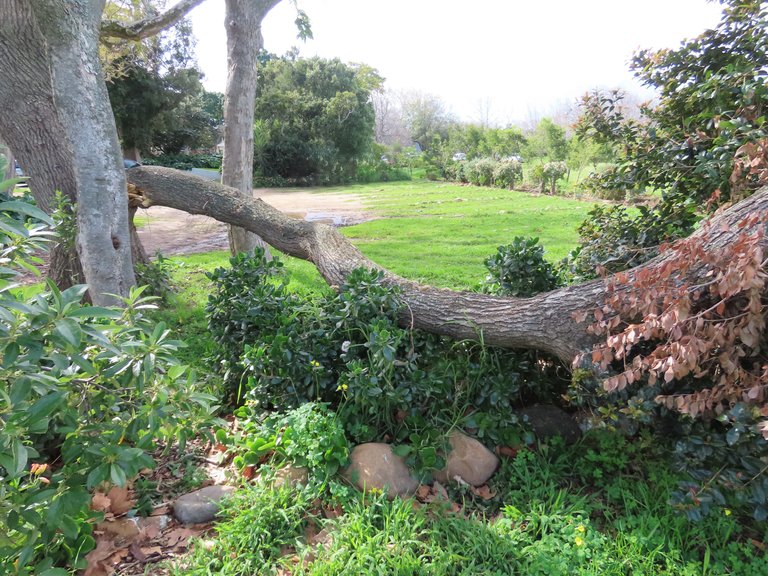
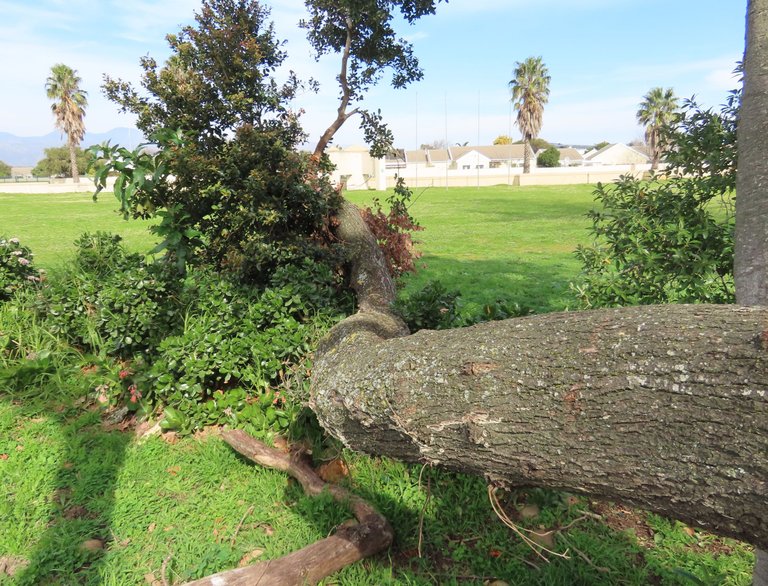
This post has been manually curated by @steemflow from Indiaunited community. Join us on our Discord Server.
Do you know that you can earn a passive income by delegating to @indiaunited. We share more than 100 % of the curation rewards with the delegators in the form of IUC tokens. HP delegators and IUC token holders also get upto 20% additional vote weight.
Here are some handy links for delegations: 100HP, 250HP, 500HP, 1000HP.
100% of the rewards from this comment goes to the curator for their manual curation efforts. Please encourage the curator @steemflow by upvoting this comment and support the community by voting the posts made by @indiaunited.
good thing that you are still standing , and not laying on the ground because of the wind .
A sincere thank you, and at times the wind tries its best to blow me over. Luckily, I have big feet, and at school the children called my feet anchors. :)
!BEER
View or trade
BEER.Hey @stresskiller, here is a little bit of
BEERfrom @papilloncharity for you. Enjoy it!We love your support by voting @detlev.witness on HIVE .
View or trade
BEER.Hey @stresskiller, here is a little bit of
BEERfrom @papilloncharity for you. Enjoy it!Did you know that <a href='https://dcity.io/cityyou can use BEER at dCity game to buy cards to rule the world.
Your post masterfully weaves together the serene allure of nature's creations with the sobering reminders of how fragile it all is against forces of destruction—be they natural storms or human negligence. The images of the birds coexisting peacefully, only to be disrupted, mirror so much of our own world's chaos, and it's a poignant call to cherish harmony where we find it. One minor note: the Hadeda Ibis is indeed a vocal bird, but their calls are more alarm-like than harmonious in some regions—though your observation on interspecies tolerance rings true regardless.

It is said that the Hadeda Ibis birds have a fear of heights, and that's why they scream when they are flying 🤣
Beautiful Shots
Thank you!
!PIZZA
I love bees very much. If it wasn't for them, we wouldn't have eaten any fruit. There would be no flowers. Everything would be bad.
If there were to be no more bees, then human life will disappear, and that's why we have to take care of the bees.
!PIZZA
I agree with you to the end. We need to take good care of the bees
Beautiful bee shots 🐝🌸 sad about the wind though, nature can be really unpredictable.
Thank you, and yes nature certainly has its own ways.
Wow, I never knew there were so many different kinds of bees and wasps. I only thought of honey bees before, but your photos really show how amazing insects can be.
There are so many more bee species, and also wasp species. Thank you for the compliment.
!PIZZA and !LUV
$PIZZA slices delivered:
papilloncharity tipped dewamke44
@papilloncharity(4/15) tipped @iamlovelykate
papilloncharity tipped goga22
Come get MOONed!